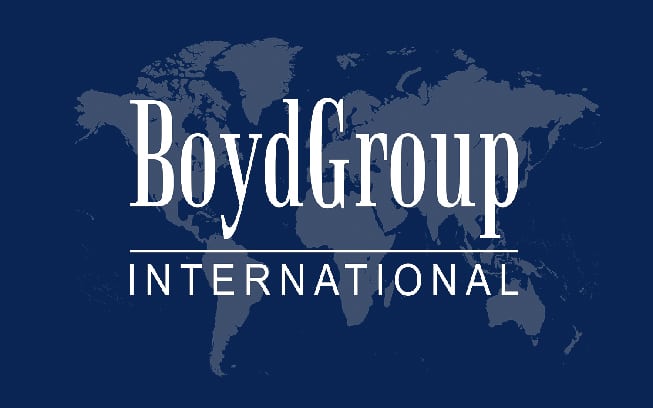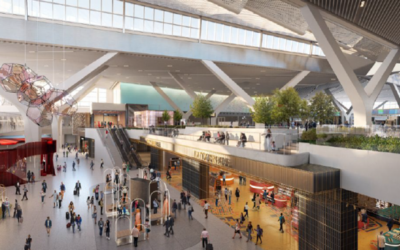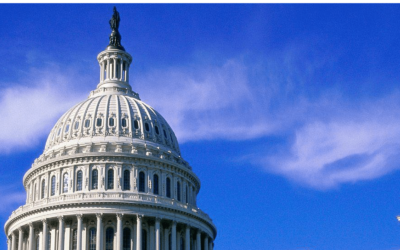Some connecting-hub airports are expected to experience “hub choke” conditions in 2018 as demand increases, according to predictions from Boyd Group International.
Boyd Group’s Year 2018 Aviation Trend Outlook notes that airlines are expected to exercise solid capacity discipline even as overall flying increases in 2018 and that U.S. carriers have scheduled a 3.9 percent increase in capacity for the first six months of 2018.
The “hub choke” conditions occur when there is demand for more feed through the hub, but the connecting banks to major destinations are functionally fully booked. The result could be that carriers marginalize certain feeder markets. “In some cases carriers will use sophisticated analytical systems to build highest and best use scheduling, in effect weeding out feed markets that are the least revenue-productive for limited hub capacity,” the report notes.
Actions by the mainline carriers to retain and attract more nonstop local origin-and-destination traffic in key markets will further put a capacity for smaller communities that depend on connections to the hub, the report says.
“The result is that today, in many small-community feed markets, a load factor of 65 percent to the airline’s hubsite is functionally a ‘full’ flight. There simply are no more seats available through the connecting hub,” the report notes. “This will continue to be an issue for smaller communities dependent on air access through a fully booked hubsite operation. Some may be facing a potential pull-down in service.”
The Boyd Group also pointed to other factors negatively impacting air service in small communities, including the rising costs for airlines – and subsequent increased revenue generation expectations – and the customer preferences to simply ignore local options in favor of larger airports.
Separately, the report forecasts increased air service from the European Union to a broader swath of medium- and large-sized U.S. airports. The document notes that “key non-hubsite major U.S. airports are prime candidates for E.U. carriers to add to their global systems.” “For network carrier systems such as British, Air France and Lufthansa, the traffic feed to their hubs in Europe from large U.S. cities such as New Orleans, Indianapolis, Nashville, etc., can be very attractive,” the report says, noting that key factors for the service are a strong local population base, a base of internationally focused industry and strong highway network access from a wide population region.
Domestically, some markets are expected to be impacted by the “parallel airline universe,” which Boyd Group explains as “companies offering air travel not as a solution to a demonstrated need but as an additional discretionary spending option.”
“Simply stated, traditional incumbent airlines represent connectivity to the global economy with flight operations supported by ambient and emerging demand sectors,” the report notes. “They are in business to meet ambient consumer demand for getting from point A to point B, albeit often via a hubsite connection. But the ‘parallel airline universe’ represents use of aircraft to provide a product that competes with other spend options for consumers’ discretionary dollars. It’s a cheap fare that changes consumer spending from redoing the kitchen, or leaving it in the bank, to using it to take an air trip that suddenly represents a new option. Allegiant, Frontier, Spirit and, in the future, Sun Country will continue to offer more seats to more places, generating net-new traffic volume with impulse fares.”
The report adds that, “One thing is certain: This will be a major and positive economic factor in some regions of the U.S.”






